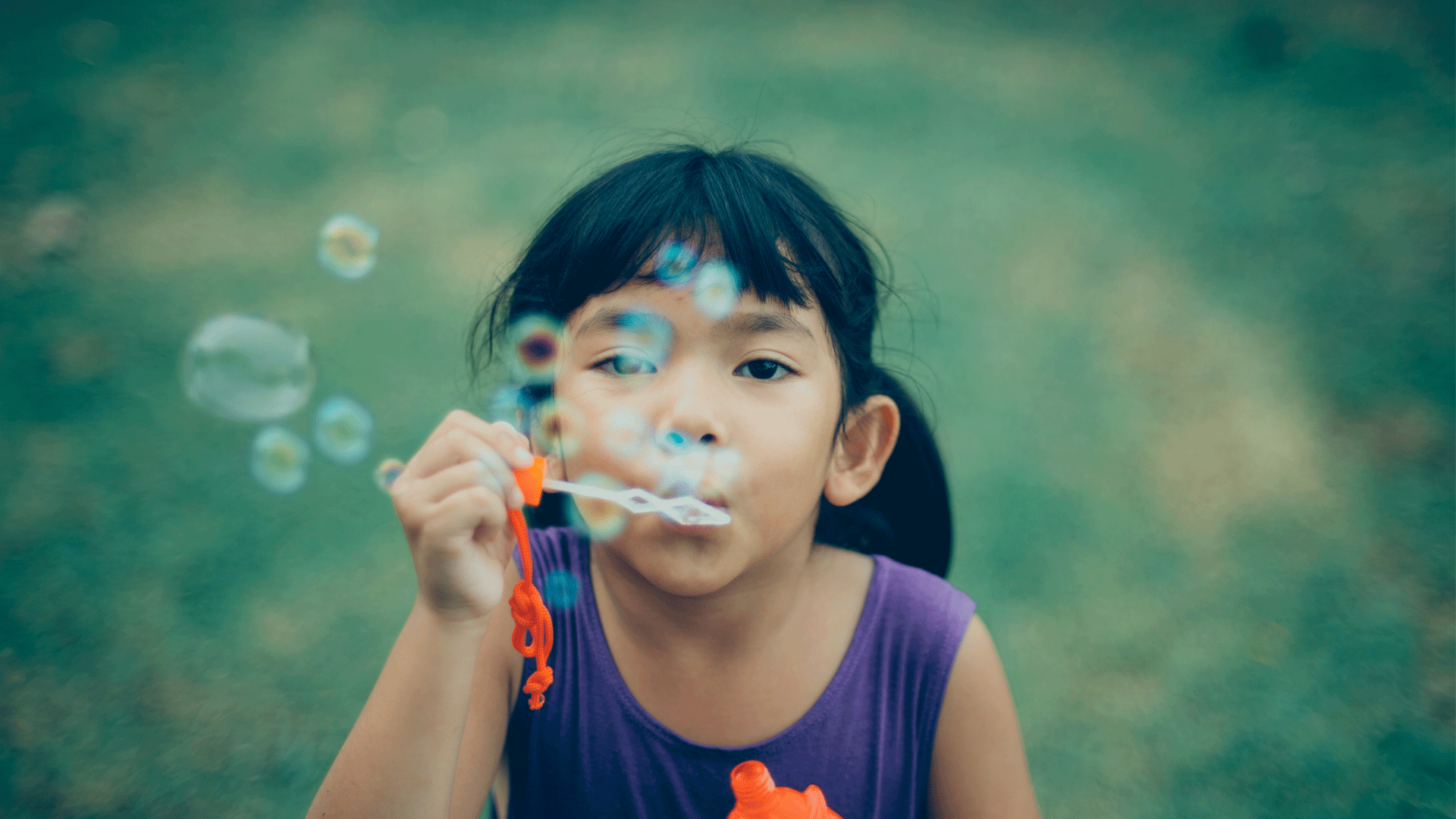
10 Jul Education: The Montessori Approach
Christine Harrison explains how the Montessori approach is applied to different stages of child development.
Maria Montessori founded the first Montessori classroom in 1907. She was a medical doctor and scientist who believed that children teach themselves. Montessori education is now a prominent teaching method, with 22,000 Montessori schools located internationally. In Australia there are Montessori preschools, schools and long day care centres, as well as Montessori programs run in government schools and Indigenous communities, including the Torres Strait Islands and Kiwirrkurra in WA. This year, Montessori education in Australia is celebrating 100 years.
There are a number of differences between traditional education and Montessori. Children are taught in mixed age groups (with a three-year age span), learn at their own pace and follow their individual interests. They actively participate in their learning, using materials specially prepared so they can teach themselves, with understanding coming from their own experience and finding things out for themselves (often referred to as “hands on”). A child can work for as long as they wish on a chosen project, and learning is based on the fact that physical exploration and cognition are linked.
Montessori education is based on universal human stages of development: infancy, early childhood, childhood and adolescence.
Infancy
An understanding of the child’s development and the development of the human mind allows environments to be prepared to meet the needs of the infant and foster independence, psychomotor development and language acquisition.
Early Childhood
Montessori classrooms (or children’s houses) for children from about three to six years of age provide a prepared environment where children are free to respond to their natural tendency to work. Children who have the freedom to choose their own work will find increasingly challenging activities, gradually lengthening the time they can maintain attention and focus on learning. Concentration and self-discipline emerge through freely chosen activities based on natural tendencies, joyful interest and human dignity.
Childhood (Primary)
In a research style of learning, primary-age children work in small groups on a variety of projects, which spark the imagination and engage the intellect. Lessons given by a trained Montessori teacher direct the children towards activities that help them to develop reasoning abilities and learn the arts of life.
Adolescence
Adolescence is an age of great social development, critical thinking and re-evaluation. The curriculum in a Montessori adolescent program is presented in a practical way linked to meaningful work, which inspires adolescents to learn with maximum engagement. Clear expectations of the students inspire them to maximise their potential.
Christine Harrison is the president of the Montessori Australia Foundation. For further information visit http://montessori.org.au.

